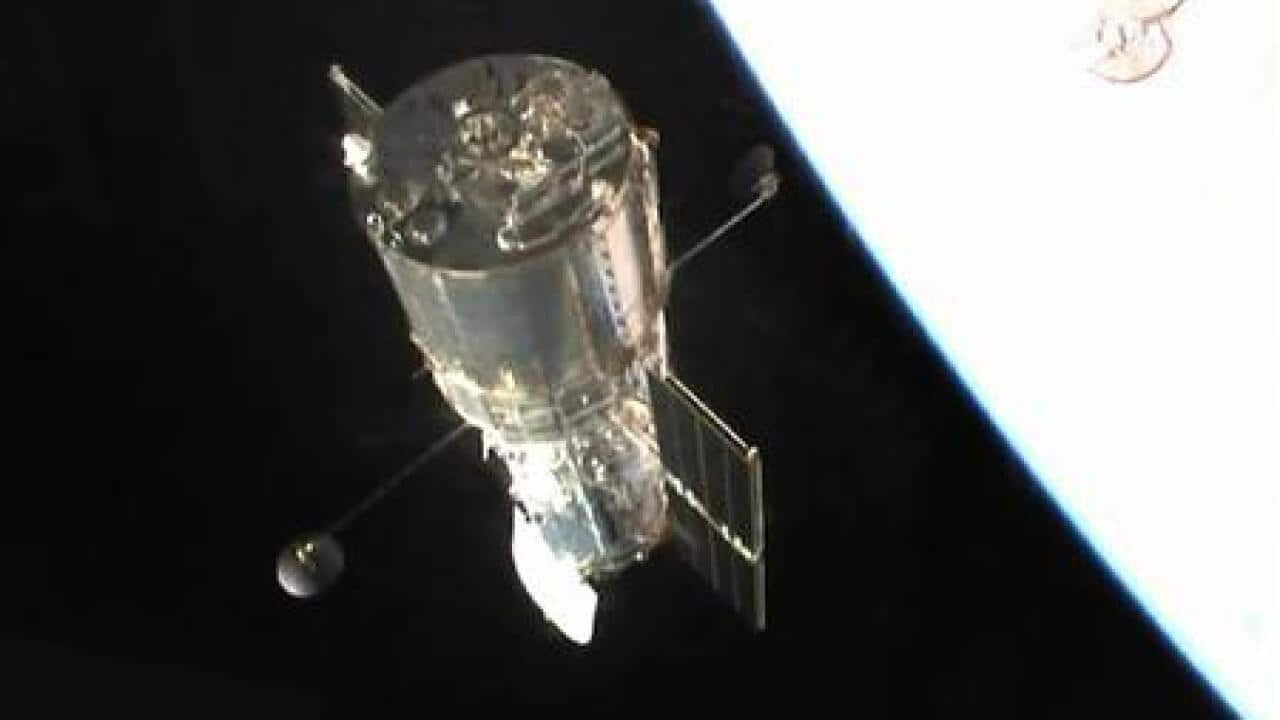The refurbished Hubble Space Telescope has set a new record by discovering the oldest galaxies ever seen, dating back 13 billion years, or 600-800 million years after the Big Bang, NASA said.
The never-seen-before galaxies are key to interpreting the development of the first stars and the formation of the first galaxies that later evolved into the elliptical galaxies like our own Milky Way that now populate the universe, the space agency said.
The age and masses of the galaxies were calculated by combining new data from Hubble - the first space telescope was refurbished by a shuttle mission in May - and images from NASA's Spitzer Space Telescope, the agency said.
"The masses are just one percent of those of the Milky Way," explains astronomic research team member Ivo Labbe of the Carnegie Observatories.
"To our surprise, the results show that these galaxies existed at 700 million years after the Big Bang and must have started forming stars hundreds of millions of years earlier, pushing back the time of the earliest star formation in the universe," he added.
Uncharted territory
"With the rejuvenated Hubble and its new instruments, we are now entering uncharted territory that is ripe for new discoveries," said team co-leader Garth Illingworth, of the University of California, Santa Cruz.
Still "we are reaching the limit of what we can do with Hubble," Labbe explained. "To witness the emergence of the first galaxies requires bigger facilities such as the future James Webb Space Telescope and large telescopes on the ground, such as the planned Giant Magellan Telescope."
Hubble underwent repair during a shuttle mission in May that left it with a new camera and spectrograph as well as fixed and spruced up scientific instruments.
The repair job marked the end of NASA's human missions to the 19-year-old but beloved Hubble. Launched in 1990, the telescope was repaired and upgraded in 1993, 1997, 1999, 2002 and 2008.
The latest and final upgrade have extended the life of Hubble another five years.

